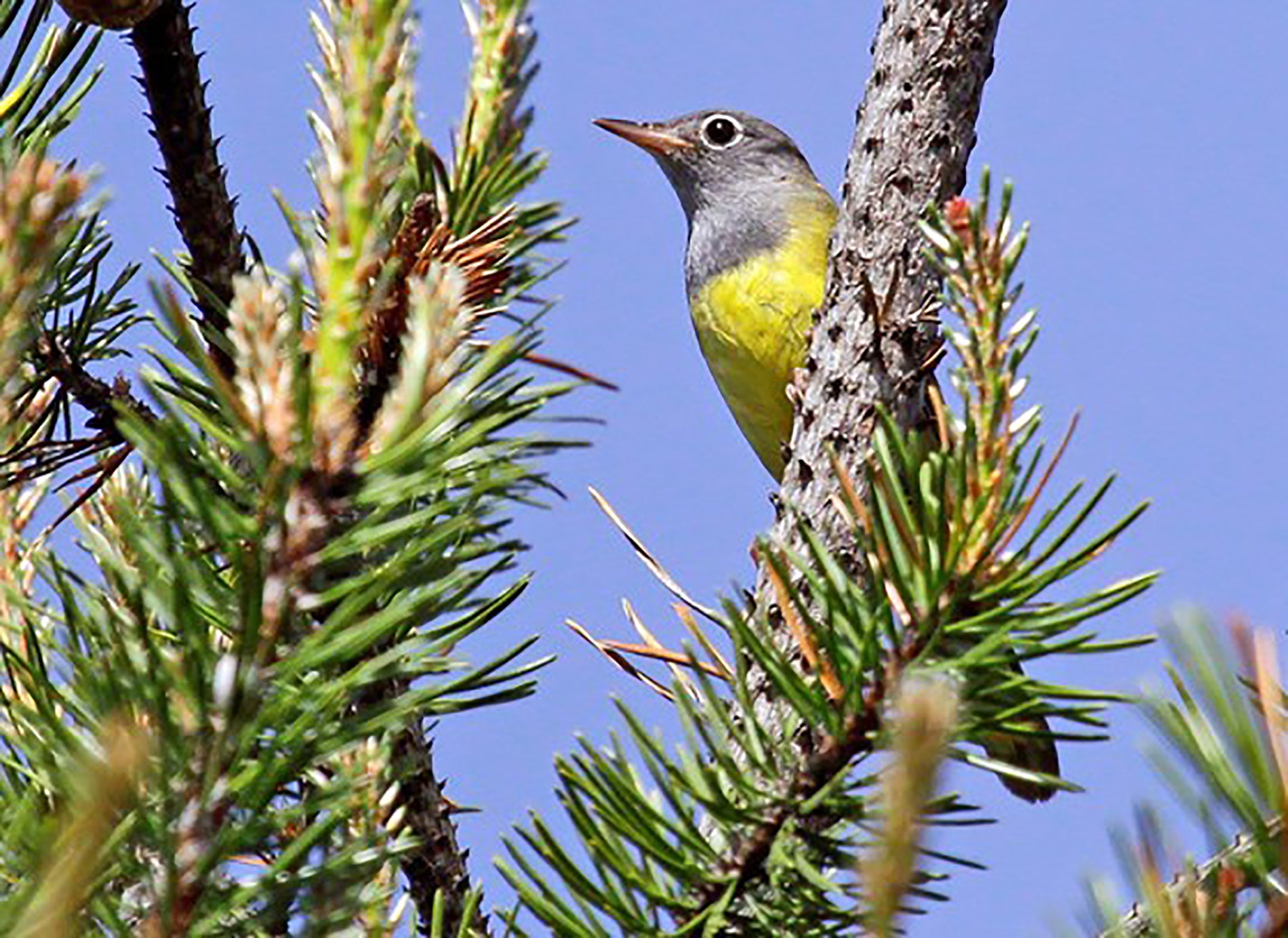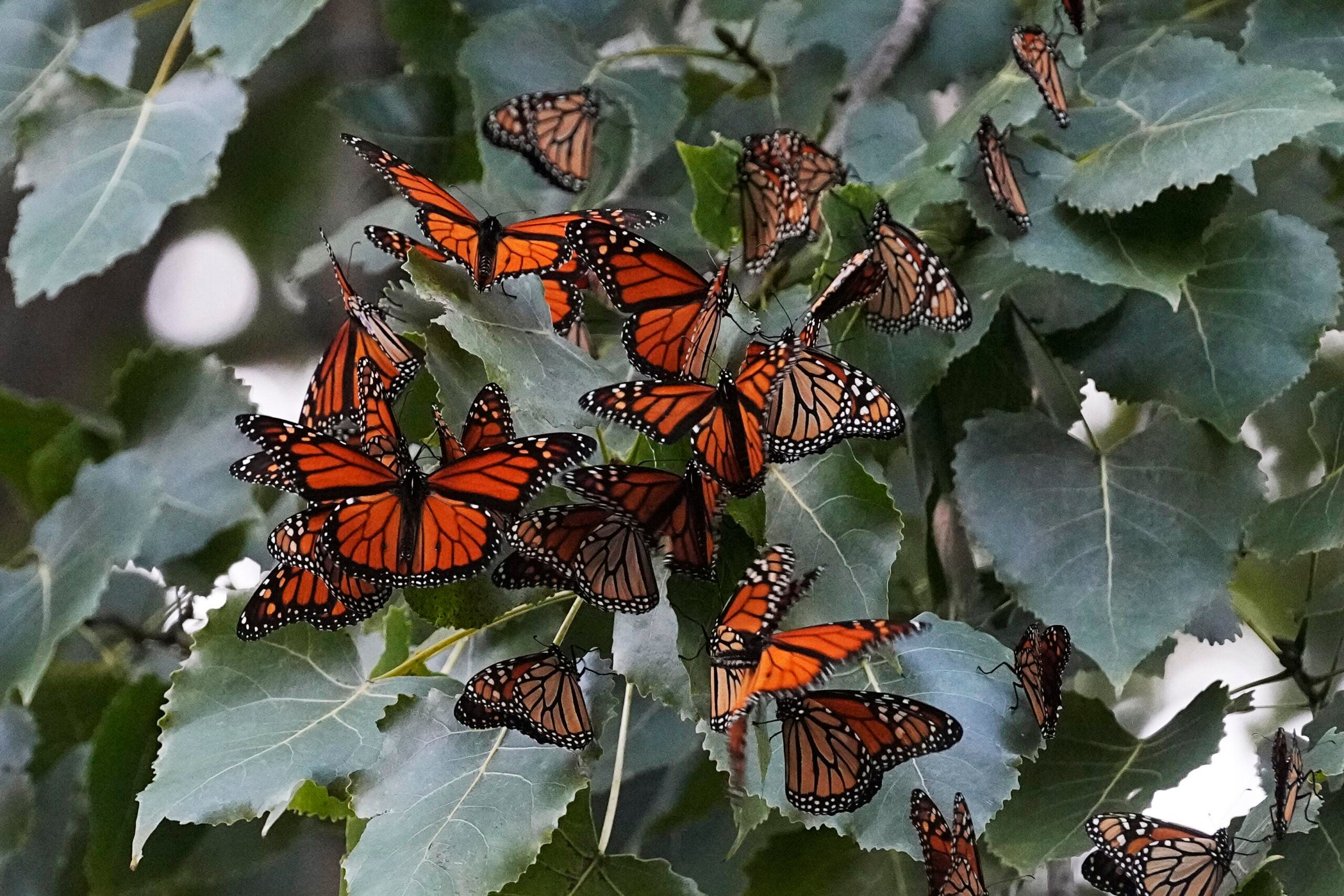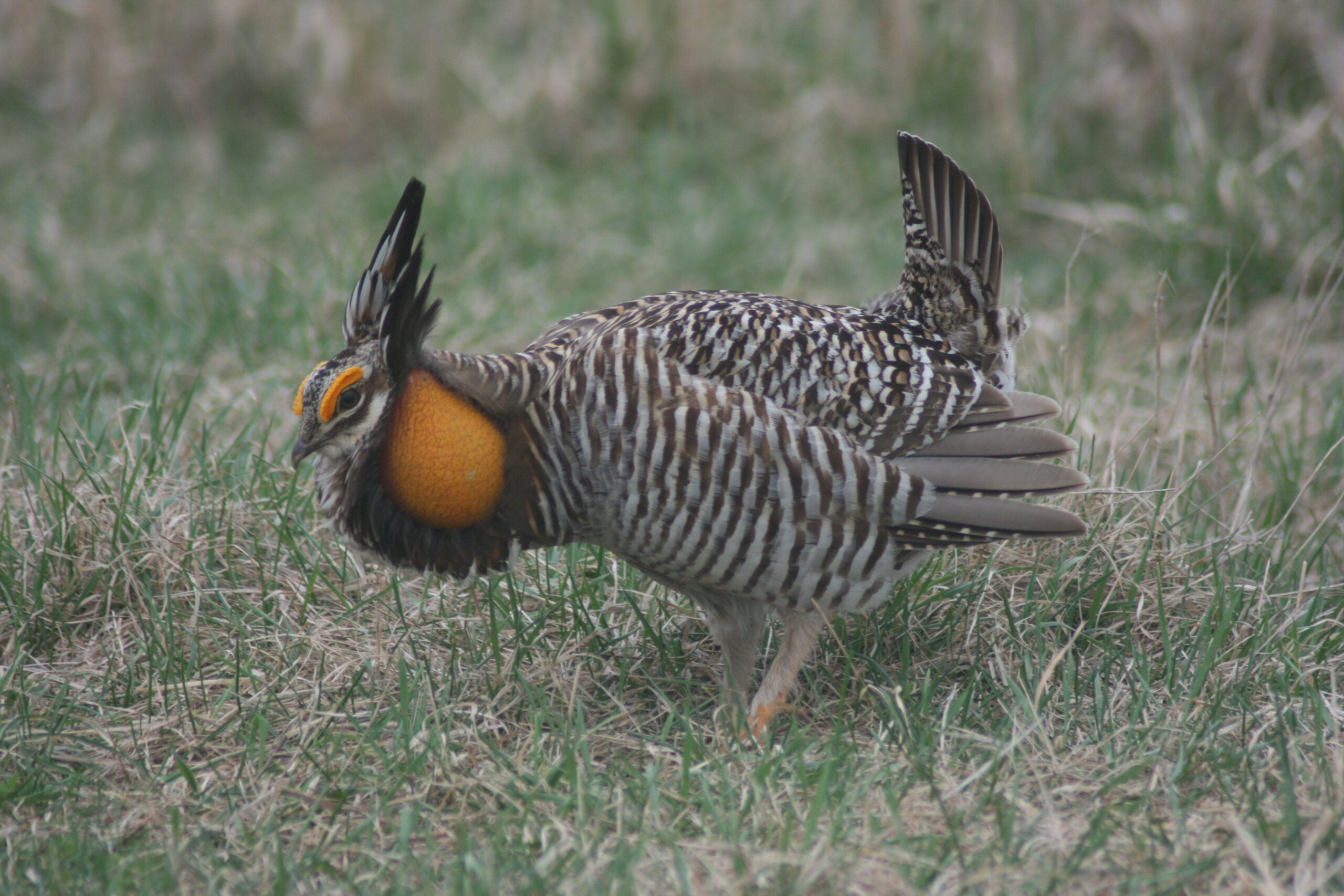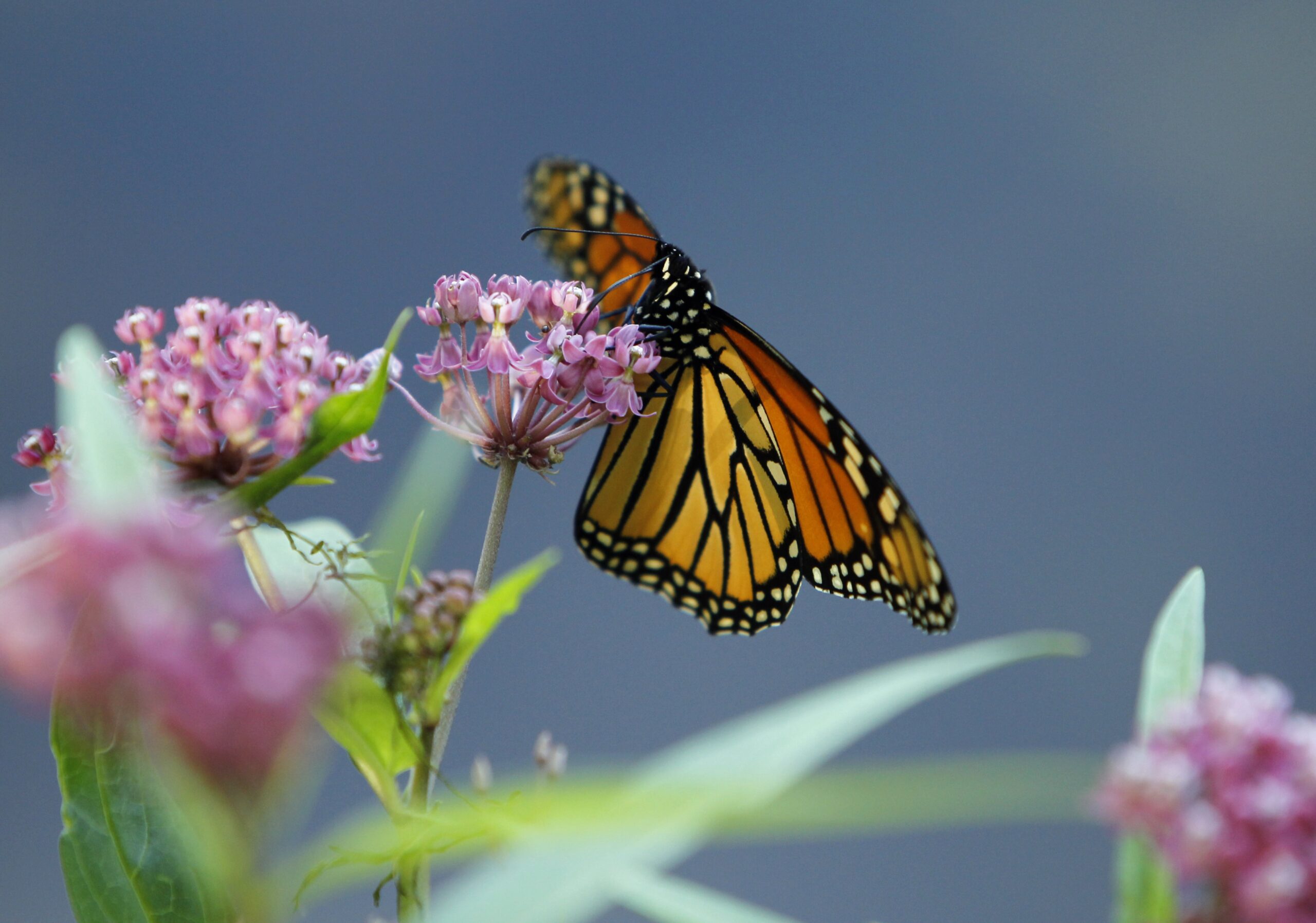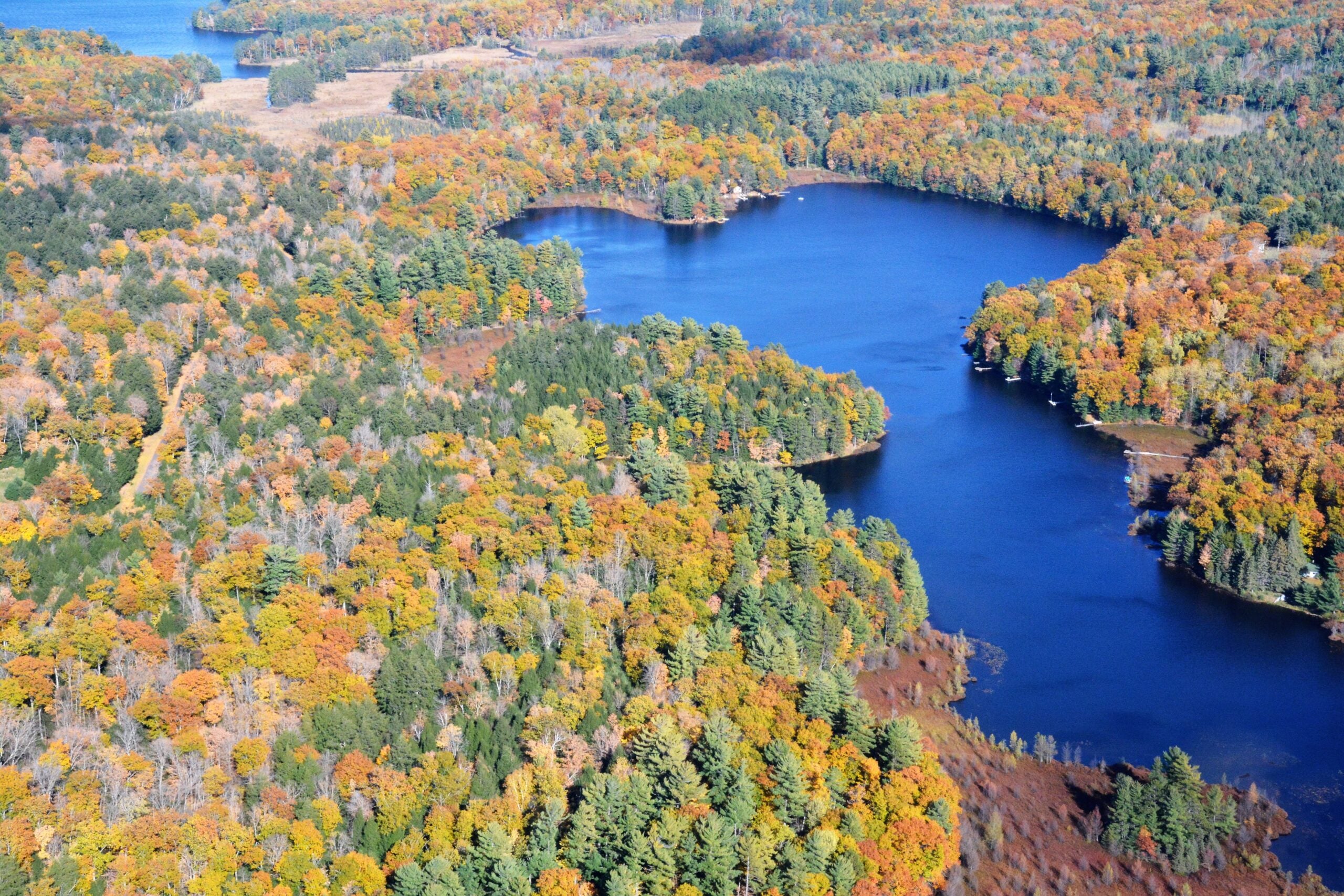Tucked in the sand barrens south of Brule, volunteers and wildlife managers detected signs of nests for the Connecticut warbler last year. The sparrow-sized bird with a gray head and yellow belly has returned year after year to the jack pine stands of northwestern Wisconsin to nest in the moss on the forest floor and under blueberry bushes.
Finding the bird is no easy task. Connecticut warblers prefer remote habitats where they can remain hidden among the brush. Despite that, staff with the Wisconsin Department of Natural Resources spotted six to eight singing males in a small area where the birds had previously been found.
But when biologists returned this summer, they discovered only three singing males.
News with a little more humanity
WPR’s “Wisconsin Today” newsletter keeps you connected to the state you love without feeling overwhelmed. No paywall. No agenda. No corporate filter.
“The number had declined even just across that one year,” said Ryan Brady, a DNR conservation biologist in Ashland.
One silver lining: a technician found each male had nested successfully. But the bird’s decline has prompted the DNR to take emergency measures to stave off further loss.
The DNR is working with state and international partners to rescue the bird whose population has decreased more than 60 percent across its range extending from Canada to Michigan, Minnesota and Wisconsin. The agency is also partnering with a private landowner and forestry staff in Bayfield County to protect and improve habitat for the bird by removing brush in jack pine forests this year and next. That’s anticipated to create more suitable habitat for the species.
Brady said part of the reason for their decline in northern Wisconsin is that many of the older jack pine trees the birds prefer have been harvested in the last two decades. But Connecticut warblers have also dropped off in black spruce and tamarack swamps that aren’t under pressures from logging.
One possibility is that temperature fluctuations due to climate change may be affecting their habitat by altering their food source or somehow disrupting what the birds can tolerate.
“We really feel like there’s a good chance that the loss of wintering habitat in South America could be playing a big role in this bird’s decline, and that’s why we’re not seeing as many birds here in Wisconsin during the breeding season,” Brady said.
Around 5,000 miles away, research has shown many of the birds fly non-stop over the Atlantic for two full days to a large forested area in South America known as the Gran Chaco, which is undergoing high rates of deforestation. The region has lost more than 20 percent of its forest between 1985 and 2013, according to a study published last year in the Royal Society’s biological research journal. The study found the rate of deforestation has increased since 2000.
“It does pose a threat potentially to a good portion of their breeding population or their entire global population,” said Mike Hallworth, study author and data scientist at the Vermont Center for Ecostudies.
The bird’s decline comes at a time when many species are dwindling. Research has shown that North America has lost nearly 3 billion birds since 1970. The DNR began taking steps when the Wisconsin Breeding Bird Atlas II survey pinpointed the Connecticut warbler as one of 226 species that had declined the most in the past 25 years.
“It’s going to take a collaborative approach to bring the species back,” Hallworth said. “Just having state by state isn’t going to do it, or province by province. It needs to be a concerted effort for all these researchers to make meaningful impacts on their population.”
That’s why Brady convened a virtual summit this fall of 27 conservation partners from the U.S. and Canada to talk about the bird’s plight and a path forward. Wisconsin only makes up a tiny fraction of the global population. Canada is responsible for around 95 percent of the world’s breeding population of Connecticut warblers, representing between 1.5 million to 2 million birds.
In the meantime, the DNR and the Natural Resources Foundation of Wisconsin are increasing investments to help pinpoint critical migratory bird habitat in South America. A conservation project to protect the Connecticut warbler is among several that will receive $117,000 raised during the Great Wisconsin Birdathon.
While surveys track the birds in North America, Brady said monitoring data for Connecticut warblers is currently lacking at their wintering grounds. He said identifying their locations, threats and incentives for people to protect the birds are significant steps that need to happen.
“Most of these range contractions we see or declines, we see them start at the edge of the range,” Brady said. “That’s what we’re seeing here. So, if we lose them here, there’s a good chance you’re going to continue to lose them elsewhere.”
Wisconsin Public Radio, © Copyright 2026, Board of Regents of the University of Wisconsin System and Wisconsin Educational Communications Board.
